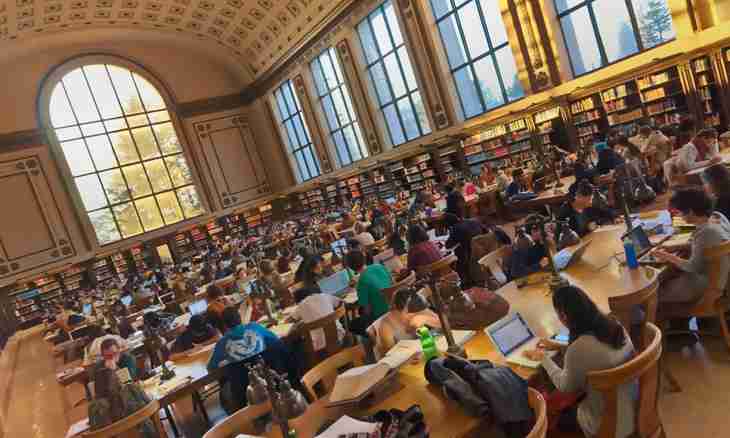In sociology a concept institute – one of the major and fundamental. Already on the basis of it studying institutional linkages lies in basis of the main scientific tasks among all facing modern sociology.
Social institutes
In domestic sociological literature it is possible to find definition of social institute as the main component of social structure of the society integrating and coordinating a set of individual actions of people, ordering the social relations in certain spheres of public life.
This definition differs the points of view of bulk of the western sociologists a little. Let their formulations also disperse in details, an essence, as a rule, one: the institute is understood as a form of a certain set of social roles. Thus, the social institute can be classified by tasks which it carries out (religious, military, educational, etc.), tasks which form an institutional order.
According to E. Durkheim's opinion, social institutes can be considered as continuous reproduction of the social relations and communications. That is such types of the relations which are constantly demanded by society and for this reason revive again and again. The most bright examples of such social institutes are the church, the state, property, family and so on. Having systematized and having generalized various positions, it is possible to show that the social institute is nothing but organized association of various people who perform some socially important functions, for the purpose of ensuring joint achievement of the goals on the basis of performance by everyone of the social role set by values of society, its standards and examples of behavior.
Examples and structure of social institute
Most of sociologists distinguish five main social institutes in the modern world: economic (defining economic activity), political (the representing power institutions), family (the governing relations of floors, the birth of children and their inclusion in the social sphere), the military (who are responsible for protection of society against external threat) and religious (the defining religious moral and honoring of gods). What is represented by structure of any social institute? For an example it is possible to take the most widespread institute – family. It is defined by the system of relationship and includes institutes of paternity and motherhood, twinning, inheritance of the social status, naming and blood feud in the structure. Except a certain structure, it includes also customs and traditions. For example, tradition of courting and purpose of a date. Tradition given, given for the bride. This tradition in Europe created the whole institute of given. It is obvious that unlike the main institutes, non-core carry out quite specific objectives, submitting and helping to solve quite certain tradition.

